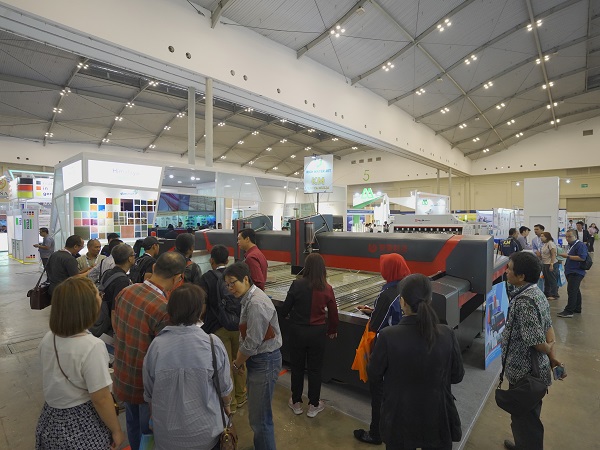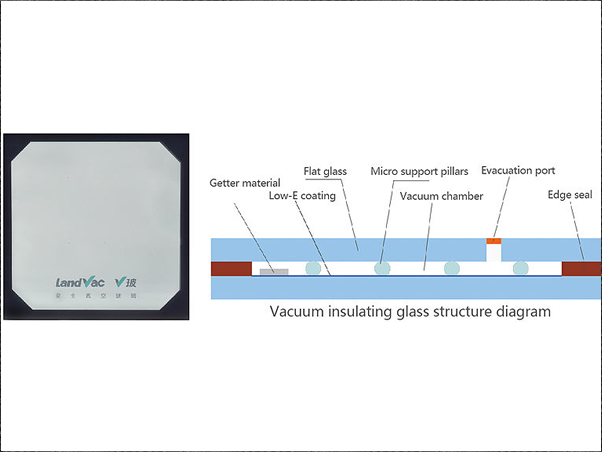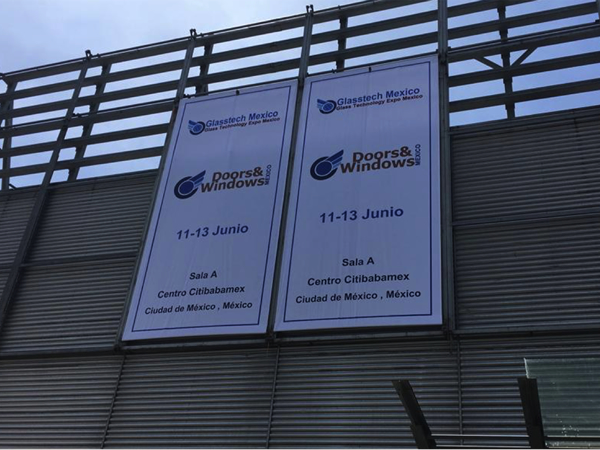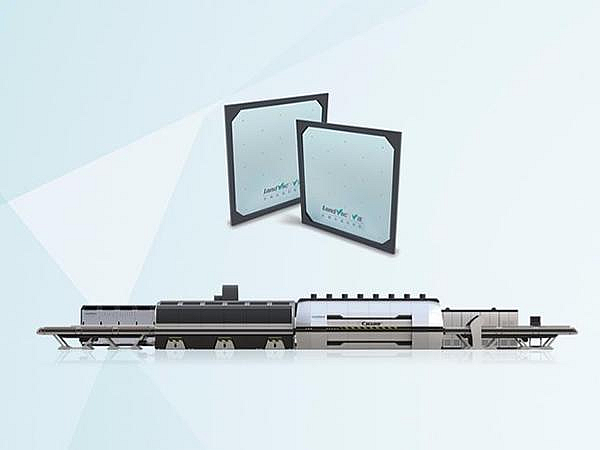Date: 5 March 2012
However, these defects are perfectly eliminated by the combined tempering furnace developed by LandGlass.
The basic construction of combined tempering furnace is similar to that of conventional tempering furnace. But combined tempering furnace has two heating sections with the same basic structure. The first heating section preheats glass from room temperature to about 500oC, which is obviously insufficient for glass tempering. Therefore, this section is called preheating section. The second section heats glass from 450~500 oC to tempering temperature, and glass heating is finished in this phase. Therefore, this section is called heating section. Glass is heated to tempering temperature in this two sections. Out of sections, glass is sent to chiller for tempering and cooling processes, and subsequently high-quality tempered glass can be produced. Then, why combined tempering furnace can avoid the shortcomings of conventional tempering furnace to the largest extent and realize high-quality tempering effect?
When glass at room temperature is sent to conventional tempering furnace, the temperature difference between glass and heating section is nearly 700oC. Because of thermal shock, glass edges usually will bend upward, and the middle position of lower surface of glass has to bear the total weight and finally quality defects such as hot spots, white haze and waviness appear. More than that, such glass with pretreatment defects may even break inside the heating section under the action of thermal shock. However, a different result can be gained with combined tempering furnace. In combined heating furnace, glass experiences two different phases in heating process. First, glass is preheated at low temperature in preheating section. For glass absorbs heat faster in cold state, it can be heated uniformly and effectively in a uniform and controllable low-temperature environment in preheating section, which avoids over-speed of temperature rising of glass edges and corners, reduces temperature difference between glass edges and center parts and effectively eliminates optical deformation of sheet glass and spherical shape as well because of low temperature in preheating section, and also effectively avoids hot spots, white haze and breaking inside heating section of thick glass in the meanwhile.
Out of preheating section, glass is sent to heating section for the second heating process. Similarly, heat absorption efficiency of glass at high temperature is lower than that in the first phase because of relatively stable furnace temperature and small temperature difference, which stabilizes glass shape and reduces the possibilities of deformation. In this way, combined heating furnace finishes heating by reducing thermal shock and stabilizing furnace temperature in an atmosphere more suitable to physical properties of glass. Therefore, the rate of finished products and the quality of glass are both greatly improved, which provides an optimal process condition for the lamination of tempered laminated glass and insulating glass.
The frequently used heating configurations of LandGlass combined tempering furnace include but not limited to upper/lower jet convection mode, upper jet convection mode, and radiation plus auxiliary convection mode, which are respectively applicable to different glass processing and different customer budgets. Moreover, LandGlass combined tempering furnace can realize a high growth rate of output or the processing of glass in over large specifications via flexible settings of temperature and motion modes of preheating and heating sections.
In recent years, LandGlass has closely adhered to its R&D strategy of providing users with international technologically leading tempering equipment, successively promoted new products and technologies influencing the pattern of technological development, and led the development and progress of tempering technology. Nowadays, the application of LandGlass jet convection technology in combined tempering furnace provides a perfect solution for the high-quality tempering of various kinds of off-line coated Low-E glass at market, which further assists many international top enterprises of glass processor to challenge the utmost of tempering quality and realize their splendid dreams of glass!
For more information about tempering technology, please visit www.landglass.net







Add new comment